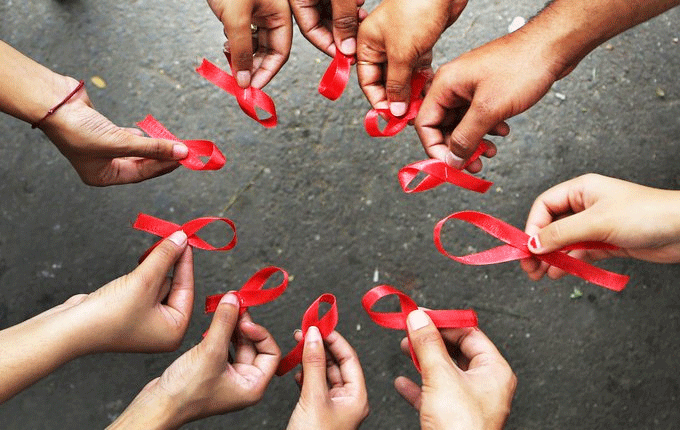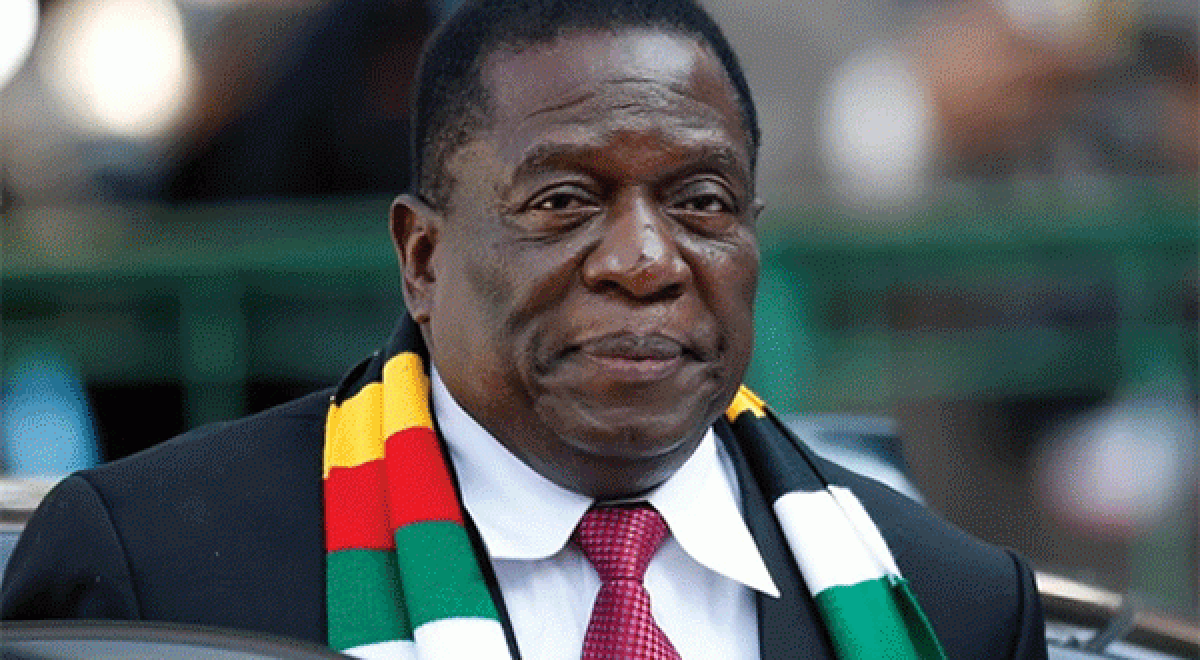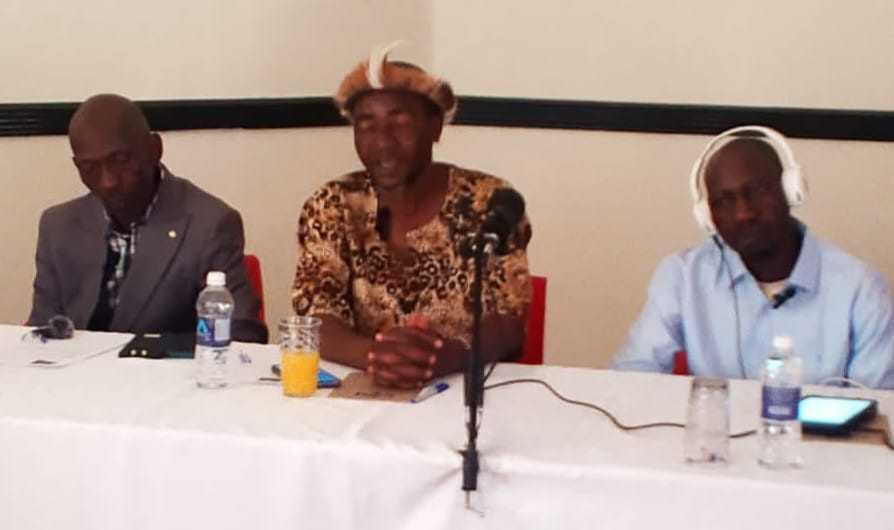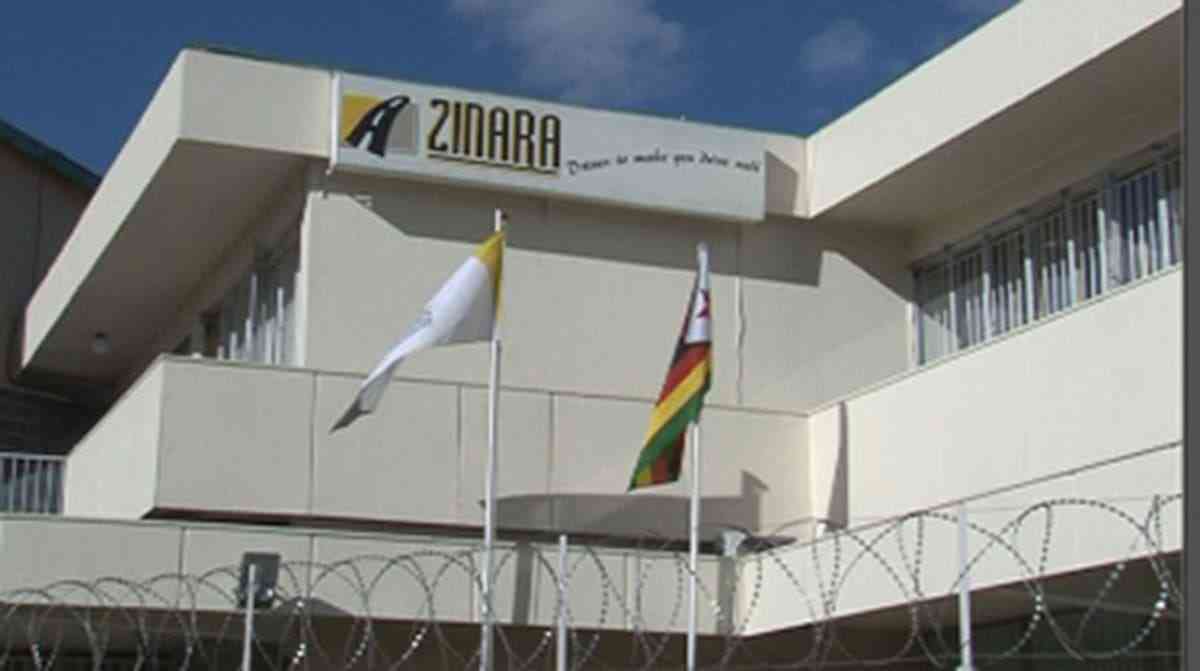
For close to 15 years, Memory Chinake* from Gombe village in Seke rural has been living with HIV.
social commentary:with Moses Mugugunyeki
She lost her husband, who had defaulted on taking antiretroviral drugs.
For her, taking ARVs is a routine, something she has done religiously for more than a decade.
“I am taking ARVs and this is my 15th year on the programme,” Chinake said.
“My husband could not make it because he defaulted at some point.”
Chinake is a beneficiary of Zimbabwe’s comprehensive HIV and Aids programme.
On top of that Zimbabwe has put in place a combination of high impact HIV prevention interventions, which include HIV testing services, prevention of mother-to-child infection, condom promotion and distribution, treatment as prevention, behaviour change and voluntary medical male circumcision.
- Chamisa under fire over US$120K donation
- Mavhunga puts DeMbare into Chibuku quarterfinals
- Pension funds bet on Cabora Bassa oilfields
- Councils defy govt fire tender directive
Keep Reading
“I am getting ARVs and other health services free of charge from Jonas Clinic. I am happy all HIV and Aids services, including counselling, are provided for at the health care centre,” said Chinake.
Zimbabwe on December 1 joined the global community in commemorating World Aids Day.
The commemorations — running under the theme Global Solidarity: Shared Responsibility: Ending Aids By 2030 — come at a time when Zimbabwe is riding on a fairy-tale as far as HIV prevention is concerned.
Just like any other country in the world, Zimbabwe is working towards ensuring that by 2030, Aids will no longer be a public health threat.
According to a recent Zimbabwe Population-based HIV Impact survey (Zimphia 2020), the HIV prevalence rate among adults has been declining over the years, from 13,79% in 2015, 12,78% in 2019 to 12,9% in 2020.
The prevalence rate corresponds to approximately 1, 23 million adults in Zimbabwe living with HIV in 2020.
The percentage of people living with HIV who know their status, according to the survey, is 86.8% closer to the targeted 90%.
The survey, conducted between November 2019 and March 2020, found that 97% of people knowing their HIV status were on antiretroviral treatment. Among those on treatment, 90,3% achieved viral load suppression.
“The Zimphia 2020 findings demonstrate how Zimbabwe’s national HIV policies and programmes have contributed to increased access to treatment and viral load suppression among adults living with HIV,” Health and Child Care permanent secretary Jasper Chimedza said.
“This survey has helped us understand where we have made great progress and which areas we need to focus on in the future. “With this data, we can strengthen our programmes on HIV prevention, including testing, especially for young men and women.”
The goal of ending the Aids epidemic in Zimbabwe by 2030 is within reach, provided there is continued expansion of HIV treatment programmes and targeted HIV testing, especially for men and young women.
“This is achievable if people collectively continue to strive for equality, protection of human rights and zero discrimination,” said National Aids Council (NAC) CEO Bernard Madzima.
“The onus is on every individual to play a part in eradicating new infections by avoiding risky sexual behaviour and taking medicine as prescribed, if one is on antiretroviral treatment.
“The coming of Covid-19 has increased vulnerability of marginalised groups to HIV. Therefore, the defeat of Aids as a public health threat depends on how the world responds to Covid-19.”
Madzima said NAC as the co-ordinator of the national response is working flat out to revitalise HIV prevention so as to end Aids by 2030.
The Health and Child Care ministry has over the years decentralised treatment to more than 1 600 health centres across the country, which has contributed to the closing the tap of new infections as people who are stable on treatment have low viral loads and, therefore, have less chances of transmitting HIV.
In his speech to mark World Aids Day recently, Health and Child Care minister Constantino Chiwenga said Zimbabwe’s HIV success story hinges on the country’s intensification of HIV prevention interventions over the years.
“To ensure that this trend continues, the country shall prioritise interventions targeting sub-populations with higher incidence and prevalence such as sex workers, prison inmates, adolescent girls and young women and youth in general and other key populations, as well other groups like artisanal miners and mobile transporters whose occupational dynamics increase their risk to HIV,” Chiwenga said.
“At the same time, focus will be intensified towards reducing mother-to-child transmission and public provision of prevention devices such as condoms following the temporary shortages during Covid-19 disruptions.”
President Emmerson Mnangagwa said government is in the process to restore the past glory in the health delivery system.
“From community level to district level, right up to provincial and national referral hospitals, work is in progress to ensure universal health coverage for our people,” Mnangagwa said.
“Both public and private investments in health will be prioritised as we move to make our health delivery system world-class by 2030.”
According to Madzima, Zimbabwe is targeting to reduce new HIV infections by 80% by 2025, reduce Aids deaths by 80% by 2025 and to attain zero HIV stigma and discrimination.
Due to adherence, Chinake has successfully achieved and maintained viral suppression through antiretroviral treatment.
She is part of Zimbabwe’s successful HIV story. *Not her real name











